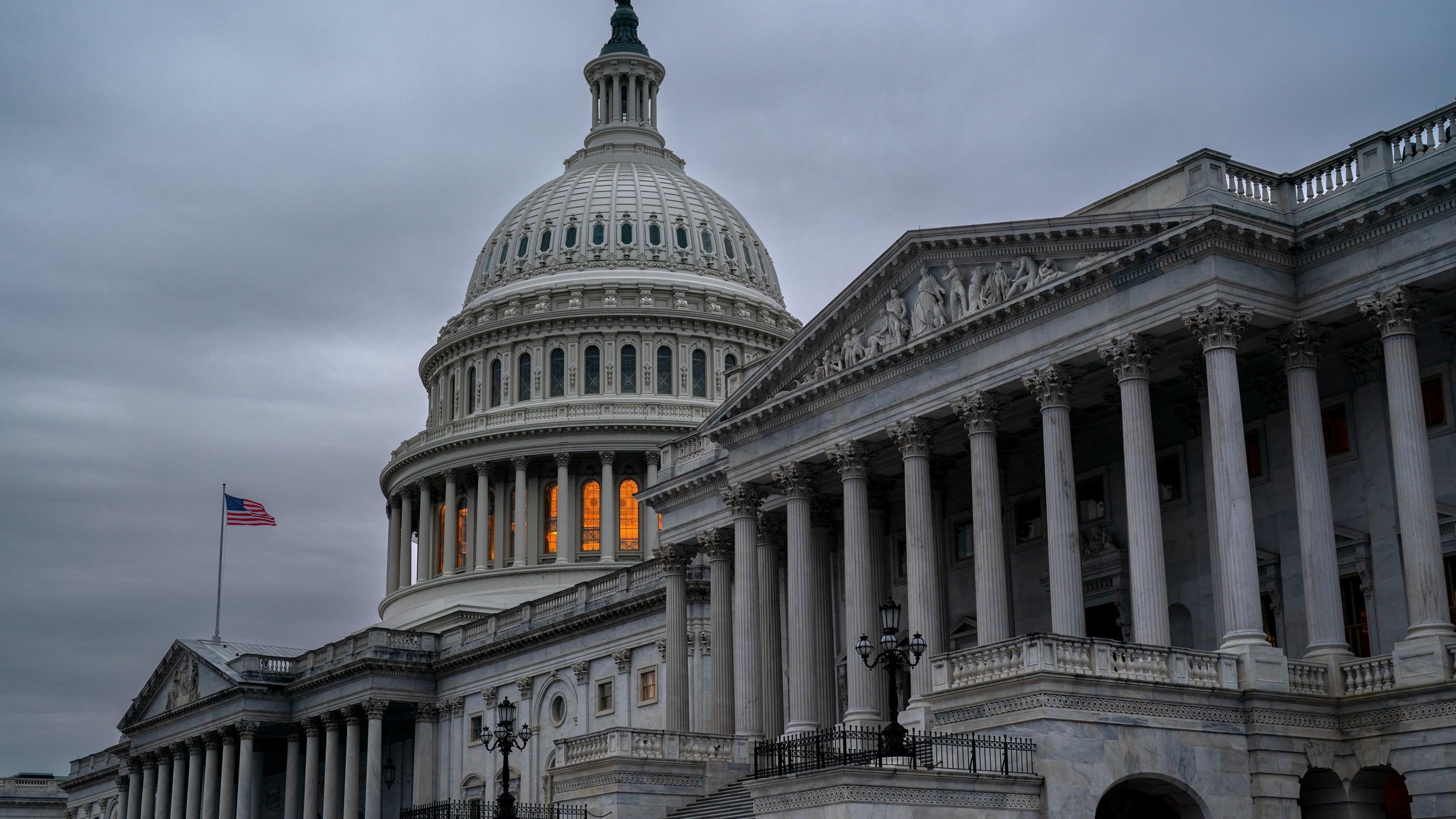WASHINGTON ― Lawmakers voiced worries on Wednesday about the health of the defense-industrial base in a House hearing where trade leaders said spending volatility and red tape make it tough for industry to surge capacity.
Amid broader discussions in the House about potential Pentagon budget cuts, members of the House Armed Services Committee offered a sympathetic forum for the defense sector as important to national security and an economic engine. For their part, leaders with the Aerospace Industries Association, National Defense Industrial Association and Shipbuilders Council of America said industry would respond best to stable demand from government.
“We cannot prevail in any conflict without a ready, strong and adaptable industrial base. Yet the defense-industrial base is experiencing a multitude of challenges,” said the panel’s chairman, Rep. Mike Rogers, R-Ala. “Some of these include inflation, workforce shortages, bureaucratic hurdles and supply chains that remain too dependent on foreign sources of materials.”
Amid calls from industry for the administration to adjust otherwise firm-fixed-price contracts to account for inflation, Rogers said the administration “refuses to use the authorities and resources Congress gave them last year to provide necessary relief.”
Industry representatives at the hearing said the lack of adjustments hurts companies by depressing wages as the sector grapples with worker shortfalls.
The hearing was the second for the committee under the new Republican-led House. It comes amid concerns that Ukraine’s consumption of U.S.-supplied materiel is outstripping the capacity of American defense firms to quickly replenish it ― a negative sign as the U.S seeks to deter China.
Asked about a Center for Strategic and International Studies report last month that found the U.S. defense-industrial base is unprepared for a notional battle with China over Taiwan, Aerospace Industries Association President and CEO Eric Fanning said wavering demand stymies efforts to stockpile munitions or surge.
“To have that capability to surge requires a consistent, long-term [government funding] commitment,” Fanning said, adding that some suppliers have become skittish about multiyear contracts, given the specter of inflation eating into profits.
Despite growing U.S. defense spending and demand for arms fueled by Russia’s invasion of Ukraine, the defense industry has signaled it won’t expand capacity without a firmer commitment from the government. The trade group chiefs lamented what they saw as overregulation, inconsistent defense spending and bureaucratic barriers for small business. They said uncertainty about Congress raising the debt limit adds a tricky variable.
“Unfortunately, over the last several years industry has also experienced an unpredictable budget and volatile acquisition environment with repeated shifts in fleet-size [plans] that make [industry’s] CAPEX, or facility, decisions more difficult,” said Matthew Paxton, president of the Shipbuilders Council of America. “The most effective mechanism to ensure the industrial base is stable and resilient is through consistent demand and adequate funding.”
The panel’s top Democrat, Rep. Adam Smith, argued that, given industry’s reluctance to increase its manufacturing capacity without a sustained commitment from the government, the U.S. will have to target investments to where it needs arms quickly and in large quantities.
“We need to figure out what do we really need in the industrial base. You’re not going to be able to prepare for every conceivable contingency; we just don’t have the resources, and the private sector will not make that investment on a wish and a promise,” said Smith of Washington. “We need to be really strategic about it.”
Both Rogers and Smith voiced concern with the U.S. defense-industrial base’s reliance on China for critical minerals and semiconductors. Smith suggested that deeper industrial ties with allied nations and opportunities for smaller, innovative defense firms offer potential fixes.
Fanning echoed those concerns and suggested the government provide seed funding to take back a share of critical mineral processing, which China dominates. “It’s an issue for the federal government to help create that market, which is not easy to do,” he said.
On Tuesday, the National Defense Industrial Association released its annual report on the state of the U.S. defense-industrial base, which said indicators for industrial base readiness are trending in the wrong direction: The size of America’s defense workforce shrunk to 1.1 million from 3 million in 1985; in five years more than 17,000 companies stopped working in the defense sector; and defense spending as a share of the economy fell 45%.
At the hearing, the association’s president and CEO, David Norquist, said among the hindrances are fixed-price contracts that lock in labor rates and growing lags in the government’s security clearance process for private-sector workers.
He also suggested using immigration policies to grow the country’s pool of science and technology experts.
Last week, the head of Naval Sea Systems Command said its “No. 1 strategic challenge” is hiring and retaining skilled workers, as the Navy and its suppliers have thousands of open jobs at government repair yards and in the private shipbuilding and ship repair sectors.
Rep. Joe Courtney of Connecticut, the top Democrat on the Seapower and Projection Forces Subcommittee, noted that the Pentagon’s budget plan calls for $1.6 billion in long-term investment in the Columbia-class nuclear submarine’s workforce, supply chain and facilities.
This prompted Paxton to say that sort of demand signal does get “bang for the buck.”
Joe Gould was the senior Pentagon reporter for Defense News, covering the intersection of national security policy, politics and the defense industry. He had previously served as Congress reporter.





